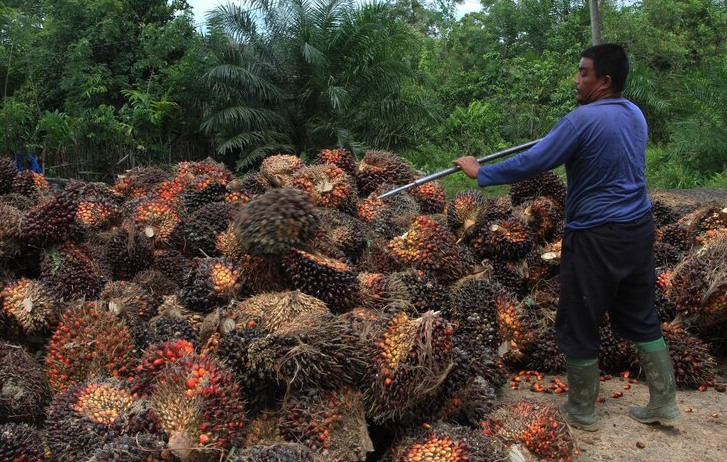Deep in the heart of Osun State, Nigeria, lies a sacred sanctuary revered by the Yoruba people—the Osun-Osogbo Sacred Grove. Nestled along the tranquil banks of the Osun River, this mystical forest is a UNESCO World Heritage Site and remains one of the last-standing sacred groves in Nigeria. Dedicated to the Yoruba goddess of fertility, Osun, the grove serves as a spiritual hub, a cultural landmark, and a place of worship for devotees and visitors from across the world.
A Legacy of Spiritual Significance
The Osun-Osogbo Sacred Grove is not just a forest; it is a living testament to the deep-rooted spiritual traditions of the Yoruba people. Yoruba mythology holds that Osun, one of the most revered Orishas (deities), settled in the grove and blessed the land and its people with fertility and prosperity. Today, devotees visit the grove seeking her blessings for childbirth, wealth, and overall well-being.
The annual Osun-Osogbo Festival, held in August, is a grand celebration where thousands gather to honor the goddess. Traditional priests and priestesses, known as Olomoyoyo, lead rituals and offerings, reinforcing the connection between the physical and spiritual worlds.
A Haven of Art and Cultural Preservation
Apart from its religious significance, the Osun-Osogbo Grove is also an artistic masterpiece. The site is adorned with intricately carved shrines, sculptures, and symbols that reflect the Yoruba cosmology and artistic ingenuity. Austrian artist Susanne Wenger played a crucial role in preserving and revitalizing the grove in the mid-20th century, blending indigenous Yoruba motifs with modern artistic expressions.
The grove features sacred structures such as the Osun Temple, the Ataoja’s Palace (the king of Osogbo), and various shrines dedicated to different deities. The art and architecture within the grove tell stories of resilience, history, and devotion, making it a fascinating destination for culture enthusiasts.
Conservation and UNESCO Recognition
In 2005, UNESCO designated the Osun-Osogbo Sacred Grove as a World Heritage Site, acknowledging its outstanding universal value. This recognition has led to increased efforts to preserve the grove against threats such as deforestation, urban encroachment, and environmental degradation. Conservationists and local authorities continue to work towards maintaining the site’s sanctity and protecting its rich biodiversity.
Lessons from the Osun-Osogbo Grove
The significance of the Osun-Osogbo Sacred Grove extends beyond religious and cultural boundaries. It teaches valuable lessons about heritage preservation, environmental conservation, and the importance of spirituality in everyday life. As one of the last remaining sacred forests in Nigeria, it stands as a symbol of unity, history, and identity for the Yoruba people and beyond.
Final Thoughts
For those seeking a deeper connection to African spirituality, culture, and history, the Osun-Osogbo Sacred Grove offers an enriching experience. Whether as a pilgrim, a historian, or a tourist, visiting this sacred site allows one to witness the fusion of tradition, nature, and faith that has stood the test of time. As we embrace modernization, it is crucial to uphold and celebrate cultural landmarks like the Osun-Osogbo Grove, ensuring that future generations inherit and cherish this profound legacy.
The Osun-Osogbo Sacred Grove is not just a forest—it is a timeless testament to the Yoruba people’s spiritual depth, artistic expression, and unwavering commitment to preserving their heritage.
Last Updated on April 1, 2025 by kingstar





